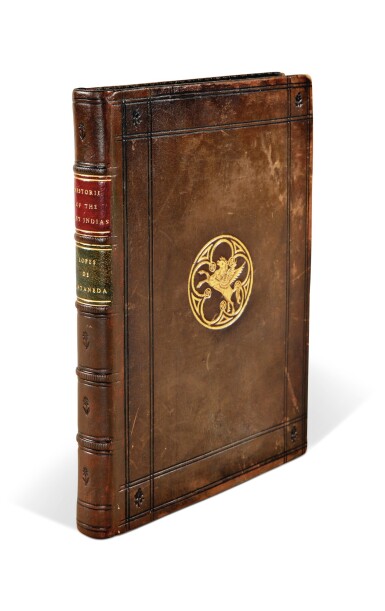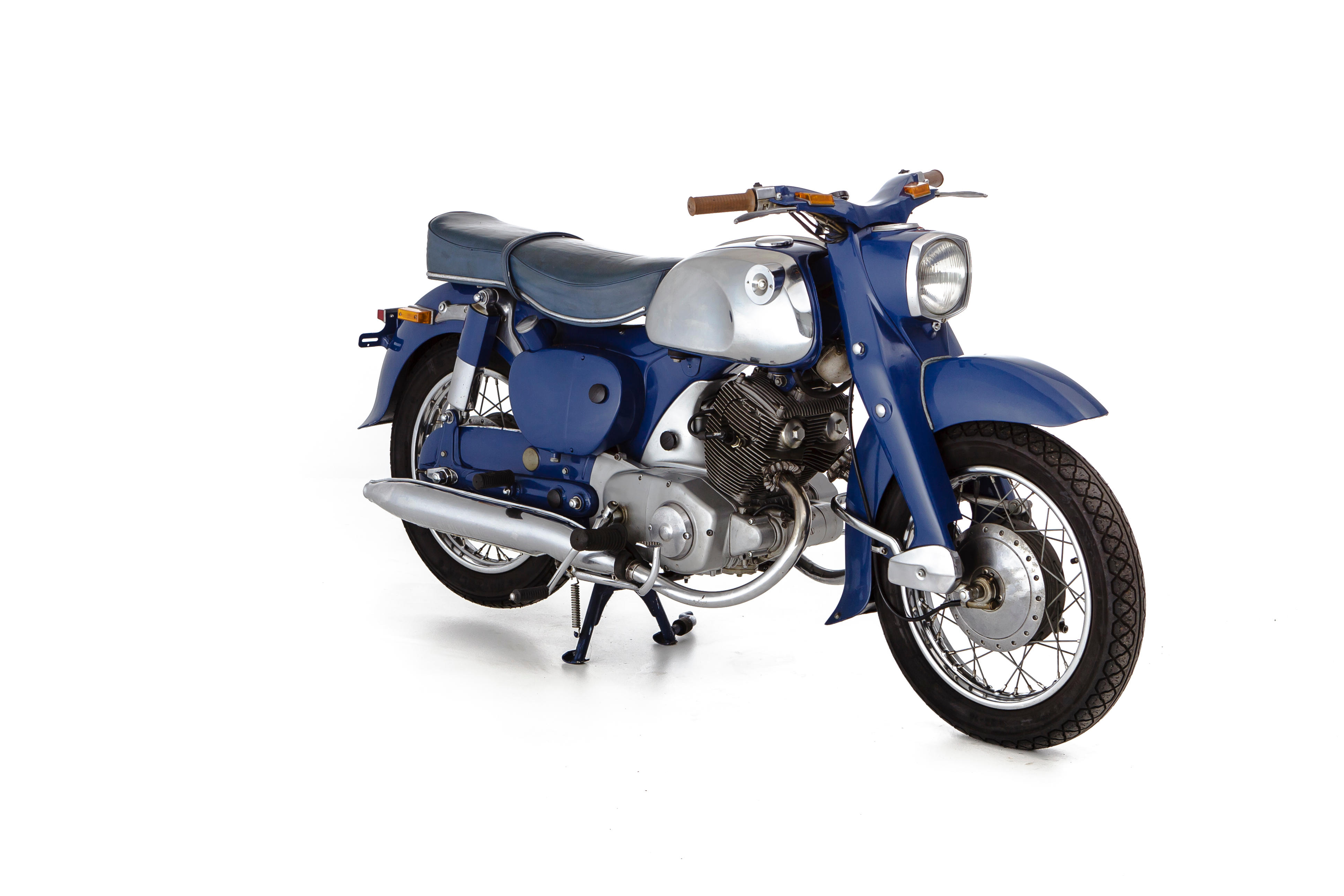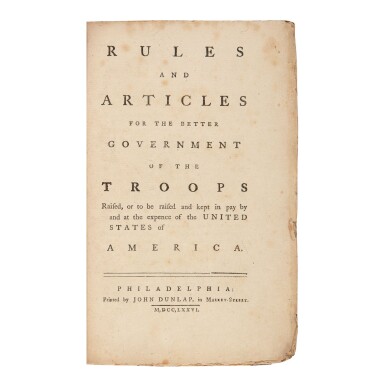In the beginning there was no automobile industry. No one knew what an automobile was, nor even what one looked like, let alone how to build one. Manufacturing technology was breaking new ground almost daily in a self-energizing cycle of innovation, commercialization, profit and re-investment. Some successful industrialists recognized the potential of individual transportation, frequently proceeding from successful domestic or industrial products through bicycles and motorcycles before starting to manufacture automobiles. One of these creative individuals was Barnabas Eldredge. He established the National Sewing Machine Company in the years following the Civil War. Although he was from Cleveland, Ohio he contracted with the Ames Manufacturing Company in Chicopee Falls, Massachusetts to build his machines. Eventually Eldredge’s sewing machine assembly line migrated West following America’s population, first taking its tools, patterns and dies to the June Manufacturing Company in Chicago. By 1899, now under Eldredge’s control and consolidated with National Sewing Machine, the company had outgrown the Chicago labor market and migrated yet again to Belvidere, Illinois. Eldredge had already begun bicycle manufacture and shortly after the turn of the century National Sewing Machine designed and built its own automobile, sometimes known as the National Road Car. While typical of the runabouts of the time, with an atmospheric intake valve opposed two-cylinder engine making about 8 horsepower driving the rear wheels, the Eldredge was prescient in other respects. Most noticeable at the time, Barnabas Eldredge recognized the practical aspects of lefthand drive in the United States where the convention had vehicles driving on the right side of the road and placed the Eldredge automobile’s steering on the left side from inception. After the first few Eldredges were built the company replaced its original tiller steering with a steering wheel in 1903, perhaps the first lefthand drive American automobile so equipped. At a time when most automobiles used simple planetary transmissions the Eldredge employed a sliding gear transmission with shaft drive and chain final drive, probably also a first in a lightweight, low cost automobile. National’s business, however, was firmly grounded in sewing and other household machinery. Competition in automobiles heated up quickly and after only four years it ceased building the Eldredge automobile to concentrate on its established business. Only some 600 examples of these pioneering runabouts had been built. The Paine Collection’s example is a 1962 Antique Automobile Club of America National First Prize Junior and Senior winner. Finished in Black with Red accent and wheels, it is one of the important lefthand drive, wheel-steered Eldredges. It is fitted with a single acetylene headlamp, kerosene sidelights and a Dietz kerosene taillight. The rear suspension is of the semi-elliptical cross spring platform design like that employed by luxury marques such as Rolls-Royce. The five leaf springs are artistically re-curved like an archer’s bow. It has both a contracting band brake on the rear axle and a foot-operated drum brake on the chain drive intermediate shaft. No information about its origins has been found in the collection’s files other than that it was one of 41 automobiles which Richard Paine purchased in 1967 from pioneering collector Dr. Samuel Scher. Clues may be found in its Pennsylvania DMV assigned identification number which mirrors the Eldredge number found on the rear of the chassis frame. There is a cast plaque on the dash identifying National Sewing Machine Company as the manufacturer. On the Scher schedule, the Eldredge is listed as being a 1903 car and it is titled as such. The only evidence to the contrary of this is a note in the Standard Catalogue of American Cars which states that the transition to wheel steering took place in 1905. It should also be noted that the two other known survi
In the beginning there was no automobile industry. No one knew what an automobile was, nor even what one looked like, let alone how to build one. Manufacturing technology was breaking new ground almost daily in a self-energizing cycle of innovation, commercialization, profit and re-investment. Some successful industrialists recognized the potential of individual transportation, frequently proceeding from successful domestic or industrial products through bicycles and motorcycles before starting to manufacture automobiles. One of these creative individuals was Barnabas Eldredge. He established the National Sewing Machine Company in the years following the Civil War. Although he was from Cleveland, Ohio he contracted with the Ames Manufacturing Company in Chicopee Falls, Massachusetts to build his machines. Eventually Eldredge’s sewing machine assembly line migrated West following America’s population, first taking its tools, patterns and dies to the June Manufacturing Company in Chicago. By 1899, now under Eldredge’s control and consolidated with National Sewing Machine, the company had outgrown the Chicago labor market and migrated yet again to Belvidere, Illinois. Eldredge had already begun bicycle manufacture and shortly after the turn of the century National Sewing Machine designed and built its own automobile, sometimes known as the National Road Car. While typical of the runabouts of the time, with an atmospheric intake valve opposed two-cylinder engine making about 8 horsepower driving the rear wheels, the Eldredge was prescient in other respects. Most noticeable at the time, Barnabas Eldredge recognized the practical aspects of lefthand drive in the United States where the convention had vehicles driving on the right side of the road and placed the Eldredge automobile’s steering on the left side from inception. After the first few Eldredges were built the company replaced its original tiller steering with a steering wheel in 1903, perhaps the first lefthand drive American automobile so equipped. At a time when most automobiles used simple planetary transmissions the Eldredge employed a sliding gear transmission with shaft drive and chain final drive, probably also a first in a lightweight, low cost automobile. National’s business, however, was firmly grounded in sewing and other household machinery. Competition in automobiles heated up quickly and after only four years it ceased building the Eldredge automobile to concentrate on its established business. Only some 600 examples of these pioneering runabouts had been built. The Paine Collection’s example is a 1962 Antique Automobile Club of America National First Prize Junior and Senior winner. Finished in Black with Red accent and wheels, it is one of the important lefthand drive, wheel-steered Eldredges. It is fitted with a single acetylene headlamp, kerosene sidelights and a Dietz kerosene taillight. The rear suspension is of the semi-elliptical cross spring platform design like that employed by luxury marques such as Rolls-Royce. The five leaf springs are artistically re-curved like an archer’s bow. It has both a contracting band brake on the rear axle and a foot-operated drum brake on the chain drive intermediate shaft. No information about its origins has been found in the collection’s files other than that it was one of 41 automobiles which Richard Paine purchased in 1967 from pioneering collector Dr. Samuel Scher. Clues may be found in its Pennsylvania DMV assigned identification number which mirrors the Eldredge number found on the rear of the chassis frame. There is a cast plaque on the dash identifying National Sewing Machine Company as the manufacturer. On the Scher schedule, the Eldredge is listed as being a 1903 car and it is titled as such. The only evidence to the contrary of this is a note in the Standard Catalogue of American Cars which states that the transition to wheel steering took place in 1905. It should also be noted that the two other known survi

.jpg)



.jpg)
.jpg)








Testen Sie LotSearch und seine Premium-Features 7 Tage - ohne Kosten!
Lassen Sie sich automatisch über neue Objekte in kommenden Auktionen benachrichtigen.
Suchauftrag anlegen